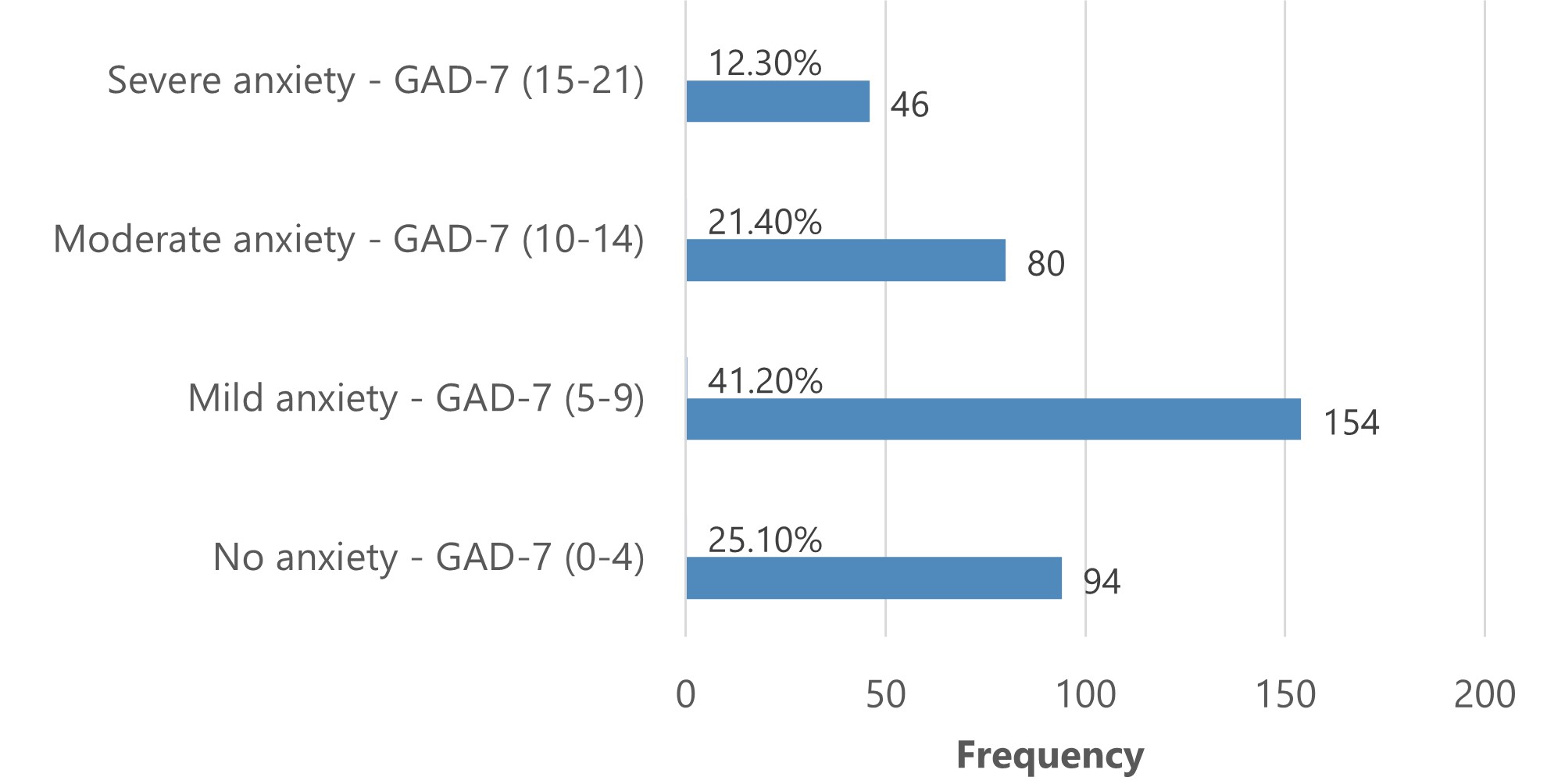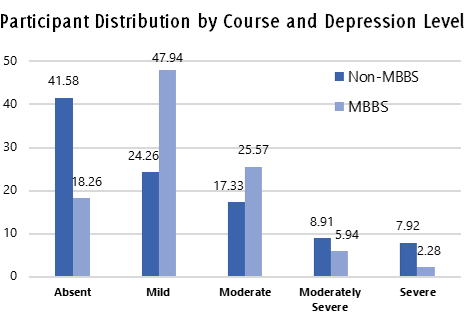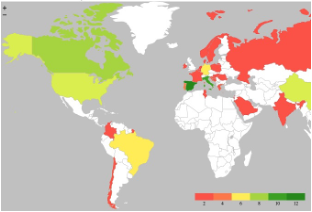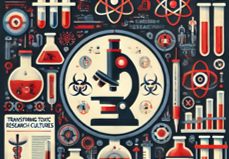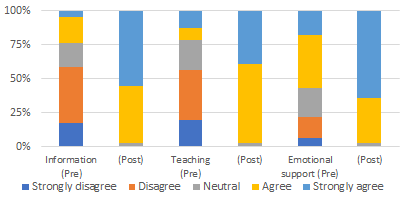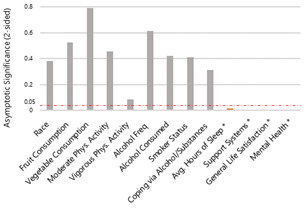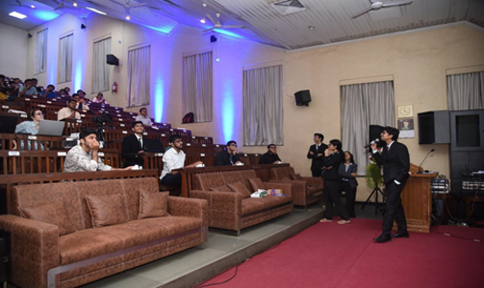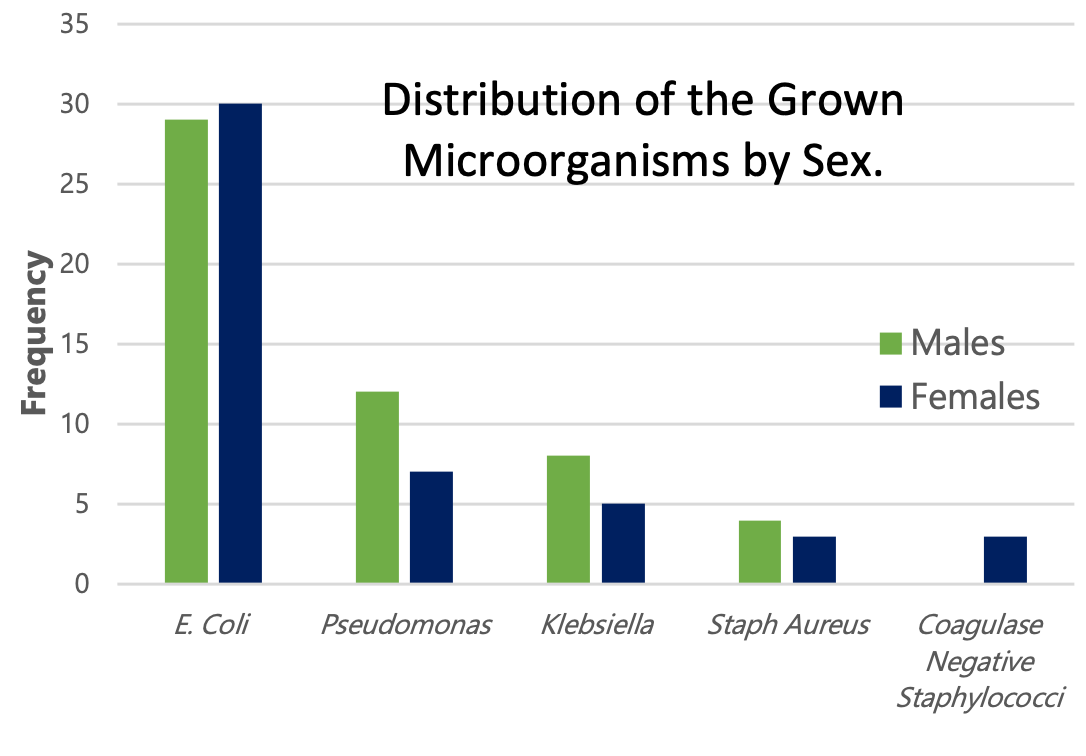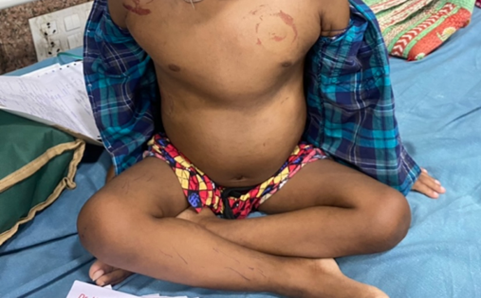Join Our Global Judging Panel for the upcoming 4th annual World Conference of Medical Student Research!

Dear Readers, Professors, Faculty, and Researchers,
Join Us as a Judge for the IJMS World Conference of Medical Student Research!
We are excited to announce a Call for Volunteer Judges for the upcoming 4th annual IJMS World Conference of Medical Student Research, taking place on...

